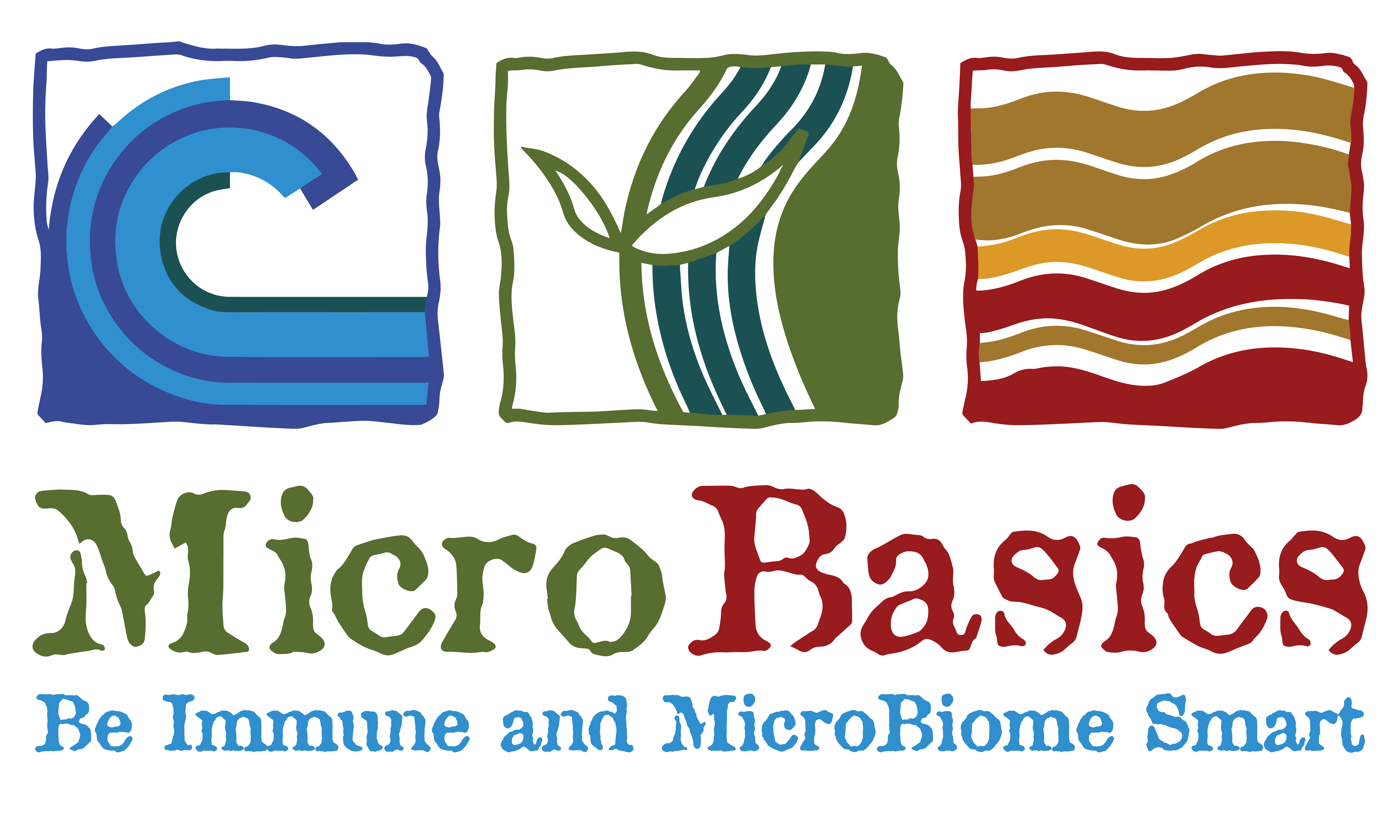One of the more recently discovered gut-organ connections is the gut-lung axis. Originally lungs were thought to be sterile unless an infection was present. This was due mostly to the fact that researchers were not able to culture microbes from the lungs of healthy animals. Utilization of new technologies in 16s rRNA gene sequencing have allowed researchers to discover that the lungs of healthy individuals are inhabited by a community of commensal microbes which play a role in protecting the respiratory tract from disease causing pathogens and activation of both innate and adaptive immune responses.
Respiratory Tract Development
The respiratory tract is divided into 2 parts: the upper respiratory tract (URT) and the lower respiratory tract (LRT). The nasal cavities, paranasal sinuses, nasal passages, nasopharynx, oropharynx, tonsils, and upper portion of the larynx make up the URT. The LRT contains the lower portion of the larynx, trachea, bronchi, bronchioles, and alveoli.
The URT and LRT are colonized by different microbes shortly after birth. The microbial population of the LRT are mostly Bacteroidetes and Firmicutes, which is most like the oral cavity which suggests that the oral cavity microbiota may play a role in the establishment of the lung microbiota.
The microbiota of the nasal cavity (a portion of the URT) consists mostly of the phyla Firmicutes and Actinobacteria, like the microbial population of the skin. Researchers are still learning but have discovered that the microbial communities of the URT and LRT are known to influence each other. Many factors play into the development of commensal microbial communities including diet, genetics, age, vaccination, management, and environment.
Lung Defense
The first line of immune defense within the respiratory tract is the nasopharyngeal mucosal layer which captures inhaled particles and prevents them from moving back up into the nasal and oral cavities. The mucus layer contains immune cells including antimicrobial peptides, glycoproteins, and IgA which help maintain homeostasis of the respiratory microbiota.
The second line of defense is the mucosal epithelium which produces molecules that trigger innate and adaptive immune responses to improve barrier function. The commensal microbes of the respiratory tract, mucosal epithelium, and the immune system communicate to promote respiratory health, reduce inflammation, and maintain functioning microbiota populations.
Gut-Lung Communication
Signaling that travels the gut-lung axis is bi-directional, however, most of the communication between the microbial populations of the gastrointestinal tract (GIT) and the respiratory tract travels from the gut to the lungs. The specific mechanisms involved are still unknown. Furthermore, the lymphatic system and the bloodstream also play important roles in this communication by carrying bacteria and bacterial metabolites from the GIT to the lungs.
Short chain fatty acids (SCFA) are one of the main ways that GIT microbiota influence the immune system, and thus the respiratory tract. SCFA are important for maintaining intestinal integrity and preventing inflammation in both the gut and the respiratory tract. SCFA also increases IgA production by enhancing plasma B cell metabolism ensuring that the intestines are protected from inflammation. Supplementation of prebiotics to increase SCFA production may prove helpful in improving epithelial integrity as well as improve the animal’s immune defense mechanisms.
On Farm Application
Bovine Respiratory Disease (BRD) is one of the most significant health concerns for weaned calves and feedlot cattle. Even with years and years of research in management and vaccines, BRD still remains one of the leading causes of morbidity, mortality, welfare concern, and economic losses within beef production.
BRD is a result of a combination of factors including environment, stress, management, and nutrition. The pathogens causing BRD are common commensals of the URT(e.g., Mycoplasma, Mannheimia, Histophilus, and Pasteurella). Microbiota of both healthy and sick animals can translocate from the URT to the LRT through inhalation after the host undergoes a stressful event. The result is the development of pneumonia. Since stressful events contribute to the development of respiratory disease, composition of GIT microbiota may prove helpful in decreasing the incidence of BRD.
Research has shown that dietary supplementation can influence GIT microbiota, which also impacts the respiratory microbiota. The inclusion of minerals essential to the immune system are helpful as well as probiotics, prebiotics, and post biotics that bolster the microbial population, support intestinal epithelial integrity, and enhance immune function.
A trial including 1,374 calves showed a 15.4% reduction in BRD Treatment for those calves receiving TomaHawk iL Zn (a natural supplement that modulates inflammation, influences the GIT microbiota population, and includes other functional minerals and components that influence immune function). he reduction in BRD treatments, as well as decreases in GIT disease and mortality equated an economic advantage of $5.34/animal.
How will knowledge of the gut-lung connection change the livestock industry? Well, hopefully we can approach respiratory disease more proactively than reactively. In the trial mentioned above, TomaHawk iL Zn was successful in decreasing respiratory disease, antibiotic use, and death loss. The result, healthier more profitable animals. Time will tell, but I hope to see GIT management become a tool on more and more farms each year. As the trend continues maybe we will finally make some headway against BRD.
Written by: Mariah Gull, M.S.
Source: Welch CB, Ryman VE, Pringle TD, Lourenco JM. Utilizing the Gastrointestinal Microbiota to Modulate Cattle Health through the Microbiome-Gut-Organ Axes. Microorganisms. 2022 Jul 10;10(7):1391. doi: 10.3390/microorganisms10071391. PMID: 35889109; PMCID: PMC9324549.

